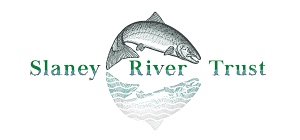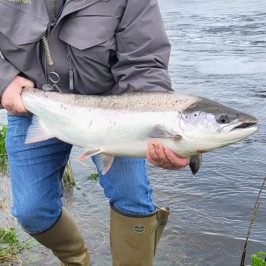We are heading into the peak period of the Smolt run and it is so important that as many as possible make it safely to the sea. Ken Whelan explains below how best to deal with them and the importance of not handling them and using barbless hooks.
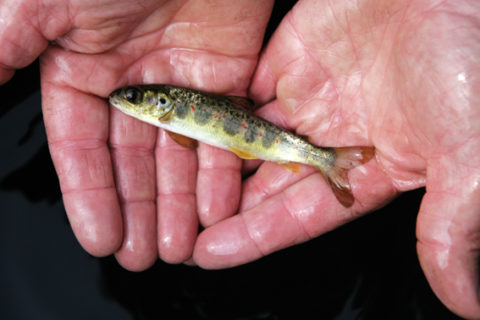 Salmon Parr
Salmon Parr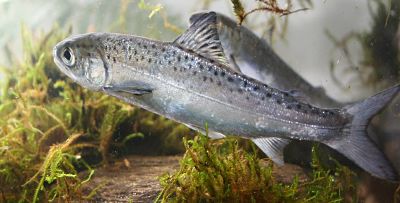 Salmon Smolts
Salmon Smolts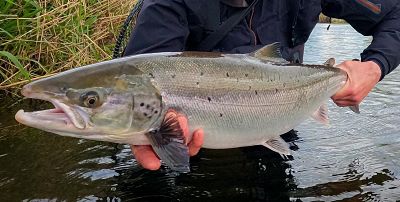 April Springer
April Springer
Releasing Salmon and Sea Trout Smolts – Looking after their future!
Even under ideal conditions only about 1% of wild salmon eggs laid in the gravels of the River Slaney make it to the smolt stage. It is therefore vitally important that as many of these little fish as possible safely reach the ocean. Our sea trout smolts are equally precious and every care needs to be taken if you hook one of these highly sensitive little creatures.
As salmon and sea trout parr change into smolts their physiology changes fundamentally. By the time you encounter silver smolts running downstream their bodies are telling them that they are in fact sea fish. The natural stresses associated with such a transformation makes smolts extraordinarily sensitive to any additional pressures. If you hook and land a smolt, their survival is literally in your hands!
We are just heading into the peak of the smolt run, which could last until the second or third week in May.
Do
- Avoid hooking smolts, if at all possible!
- If you are trout fishing, always use a barbless hook over the period of the smolt run or fully pinch your barb.
- If you hook several smolts in a row, perhaps you might consider resting on the bank for a while until the shoal of smolts has passed by, or move to a different stretch of water.
Don’t
- Don’t’ lift a smolt from the water under any circumstances!
- Immediately after it is hooked, slacken your line and shake the smolt free.
- If it is securely hooked and landed, gently shake it free near the bank or hold it underwater, in a soft landing net, to unhook it.
- Treat every smolt with maximum care. Image it as a potential 15lb springer!
